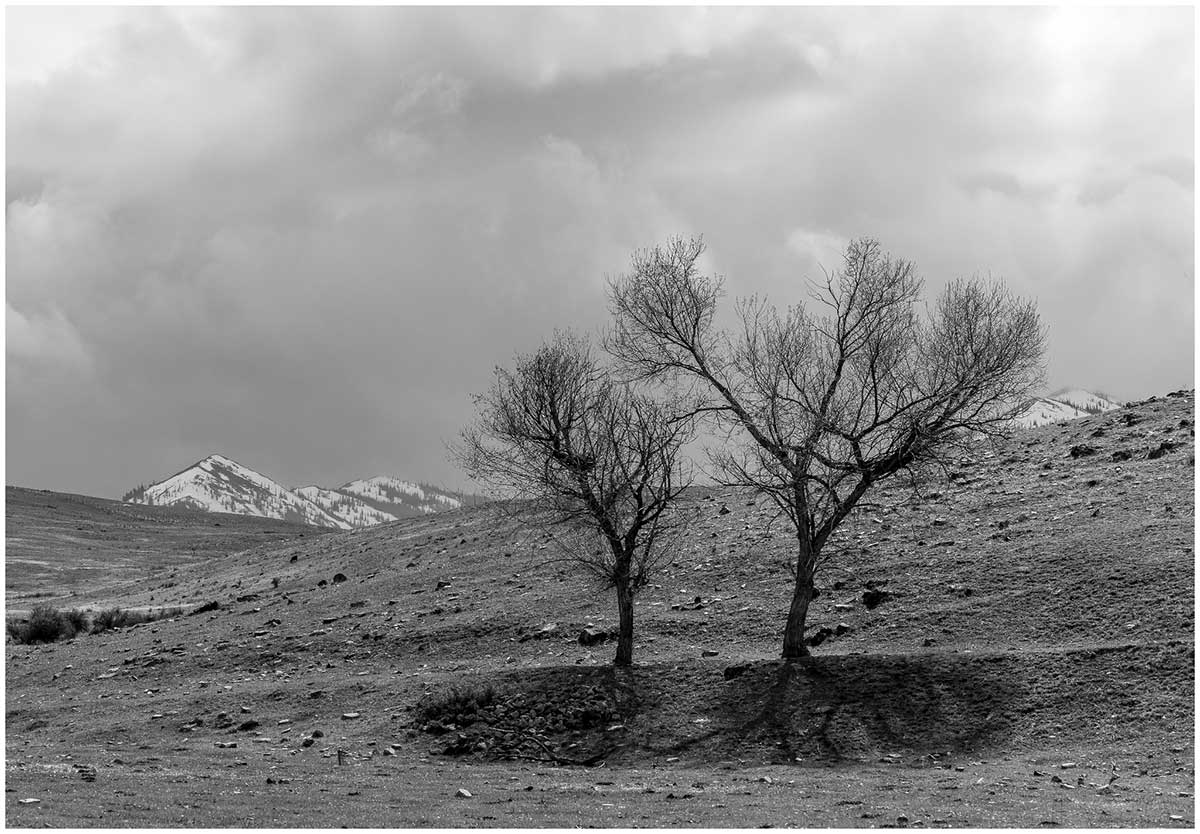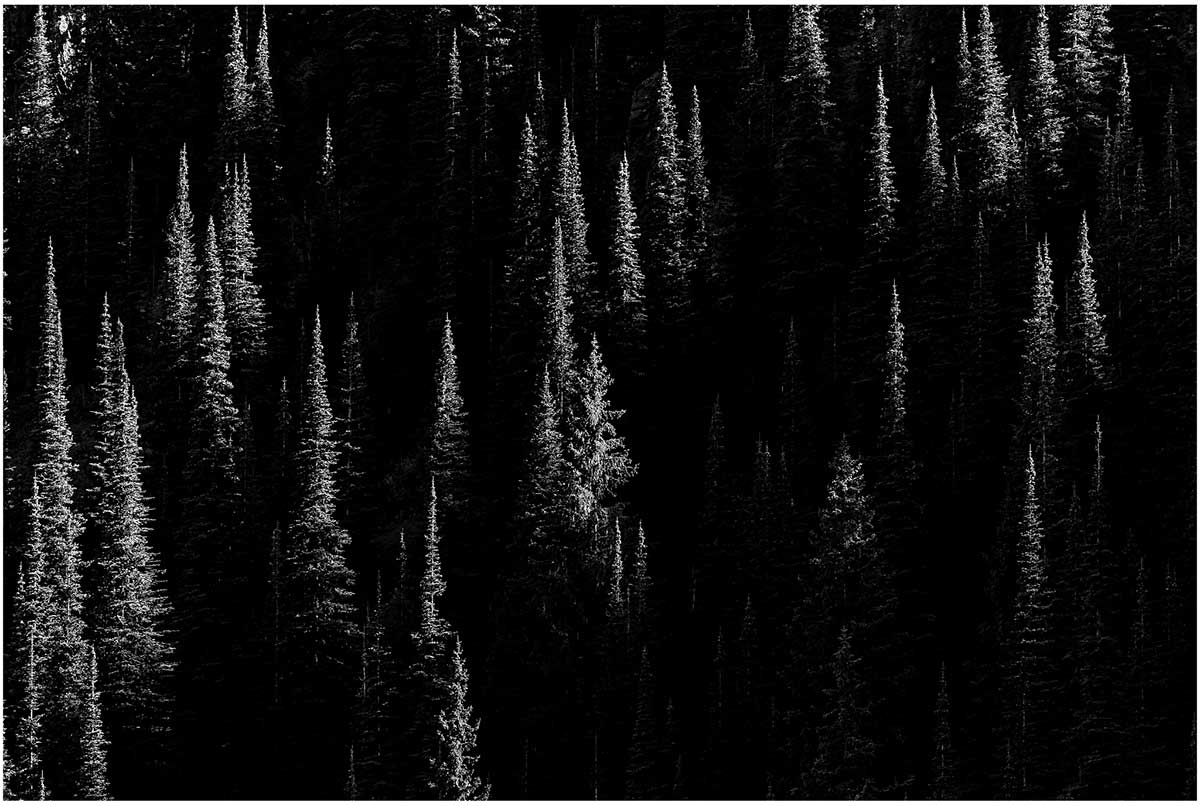Stephen Hunt: Light On The Land
All work © 2022, Stephen Hunt
Stephen Hunt is Blackfeet (Amskapii Pikaanii), Nez Perce (Nimipuu), Sioux (Sisseton), Pend d’Oreille (Ql’ispé), Chippewa Cree (Ne Hiyawak), and was raised on the Flathead Indian Reservation. Hunt currently works for the Tribal Defenders Office of the Confederated Salish and Kootenai Tribes as a Coordinator for Morning Star: a Permanent Supportive Housing project. Previously, Hunt had worked for his family’s third generation business, Hunts Timbers Inc. where he rejuvenated a dwindling customer base. In addition, he has helped with branding, marketing, websites, and SEO for other local companies. He is also a photographer whose first solo exhibition was at the Missoula Art Museum, in 2018. In 2020, Stephen was selected and awarded the inaugural NDN Changemaker fellowship.
However, he places his greatest efforts on his daughters. He seeks to instill in his children the importance of land and culture. He regularly gives back to his community by volunteering, co-organizing, working with youth at cultural camps, and mentoring Indigenous youth in his community.
Hunt can also be seen on the powwow circuit singing with Black Otter, an original, Blackfoot-style and champion drum group.
Prior to completing his Bachelor of Social Work at Salish Kootenai College, Stephen had long dreamed of creating a permanent home and working ranch for First People’s Children in the foster care system. The ranch would be traditionally based, fully sustainable, and would build a foundation for Indigenous youth to be successful in any world. This dream is now a work in progress with the co-founding of Snqʷeyɫmistn (The place where you do your best). As the first elected board chairman of Snqʷeyɫmistn, Hunt was instrumental in moving the organization forward by designing the logo, writing the vision and mission statements, helping secure the organization’s first significant funding through a phase plan, and writing for the Snqʷeyɫmistn website. Hunt continues to give back by volunteering for seasonal programming, for kids of the Flathead Indian Reservation.
My Process:
SH: I arrange time and space primarily with natural light. I think of it as stopping time, a peculiar thing because no moment can ever be the same twice. I do my best to create a visual experience that is both emotional and liveable for a short while. Photography, in its naked existence, operates on a two dimensional plane. When I’ve done a good job, the viewer should be able to feel emotion and move through it as if that moment in time were in the realm of their own current physical existence. I often make images of things I care about, or a feeling I have while observing a lived experience, these experiences are most often on the land.
The Land:
SH: I live a great deal of my life in connection and in relation to the land. I have such a profound love for it because it’s where all my best memories lie. It contains the living memories of my elders, grandparents, family, and ancestors. Most places I go, see, experience, and photograph have been used for thousands of years, in the same way I use them today. There is no part of our ways of knowing, living, and being that are not tied directly to the land, it is the very fabric of my being.
Follow Stephen on IG @f_stopn
The Curator
Since 2018 Jenny Bevill has worked as a collaborative curator bringing unique art projects to life in informal spaces around Montana. Her first project was the Scream Room (with artist Kylin O’Brien and ImagineIF Libraries in Kalispell) and her most recent was the Soundscape at Limnal Lacrimosa (with artist Mary Mattingly and KALICO Art Center in Kalispell). Jenny served as the Educator and Outreach Specialist at the Missoula Art Museum from 2018-2021. Prior to moving to Montana, Jenny spent a decade as a lead teaching artist at the Guggenheim Museum in New York City.










